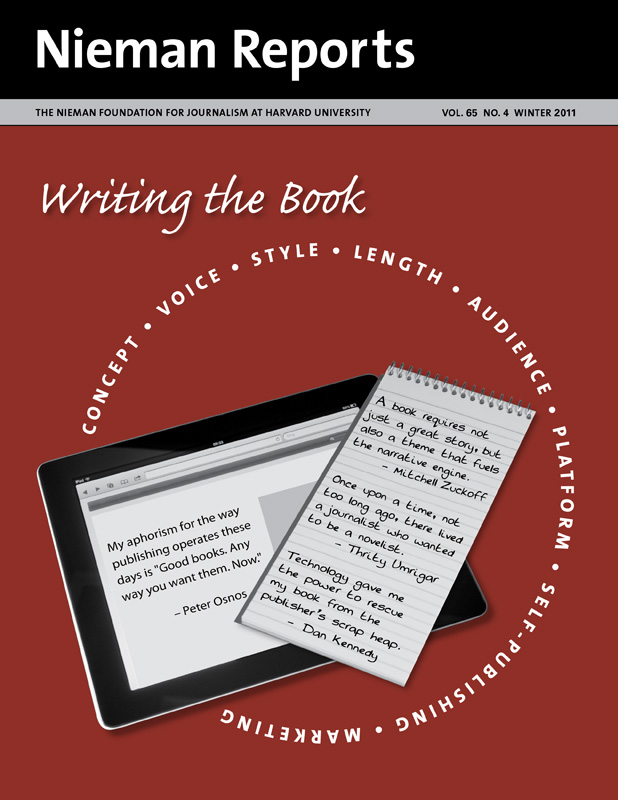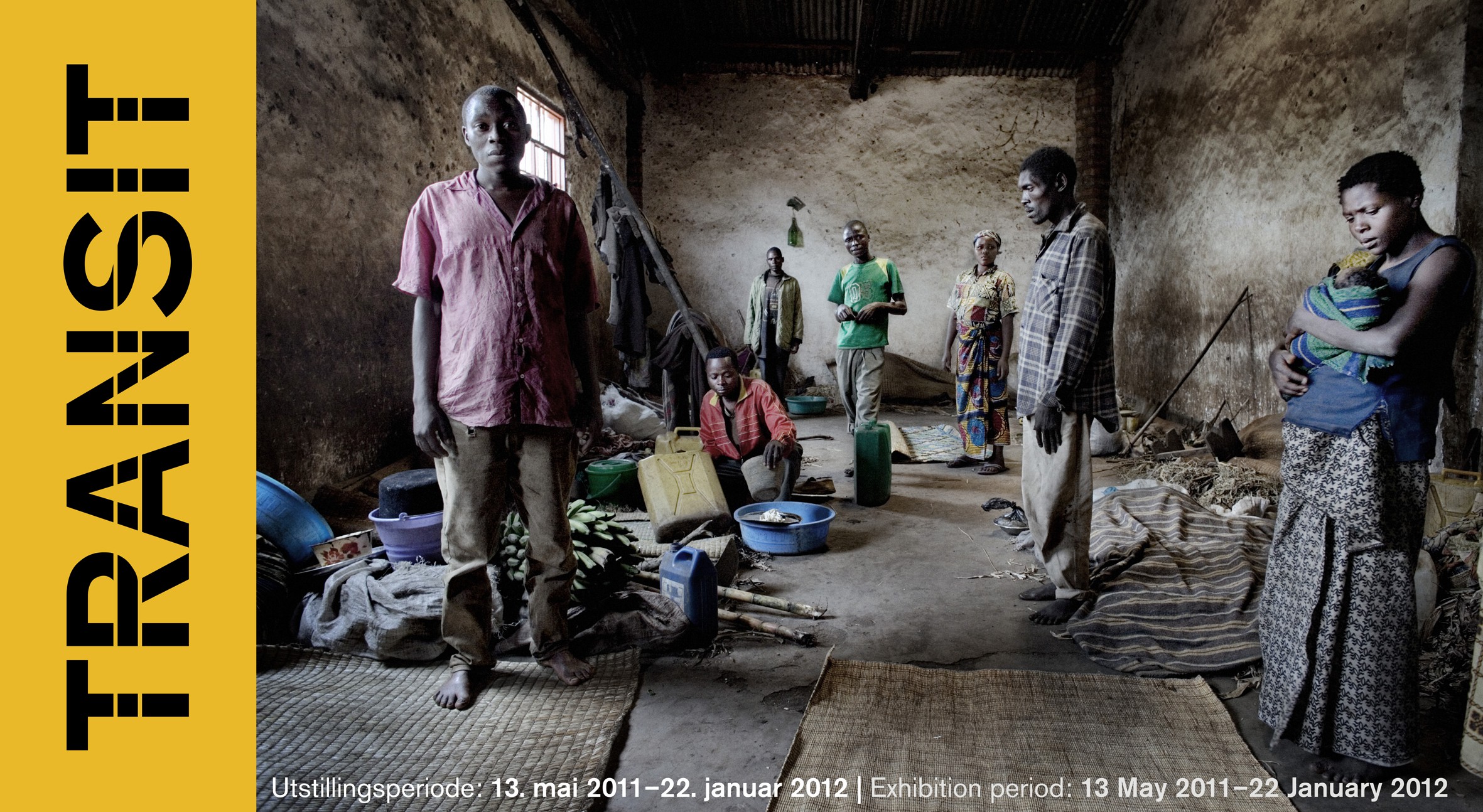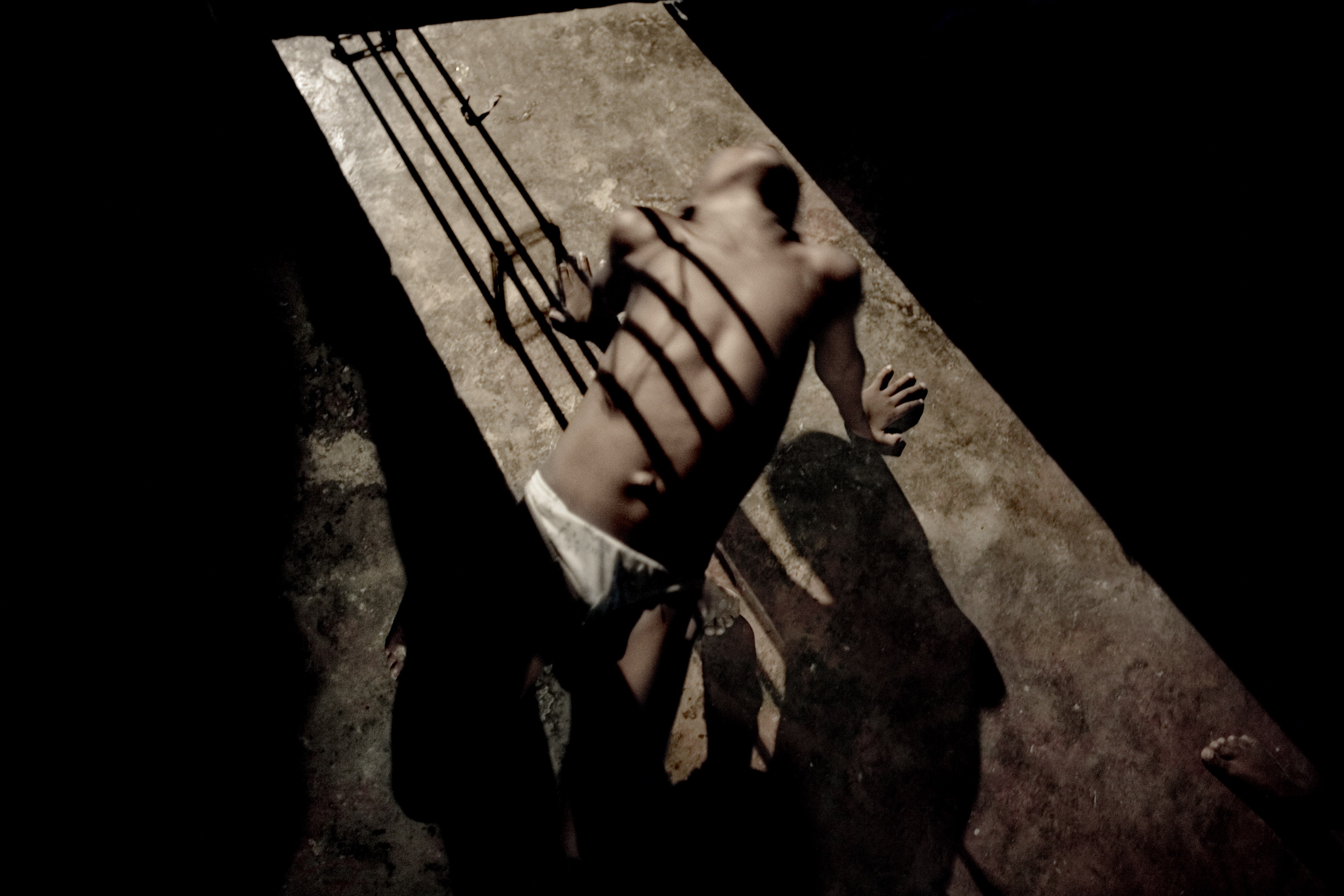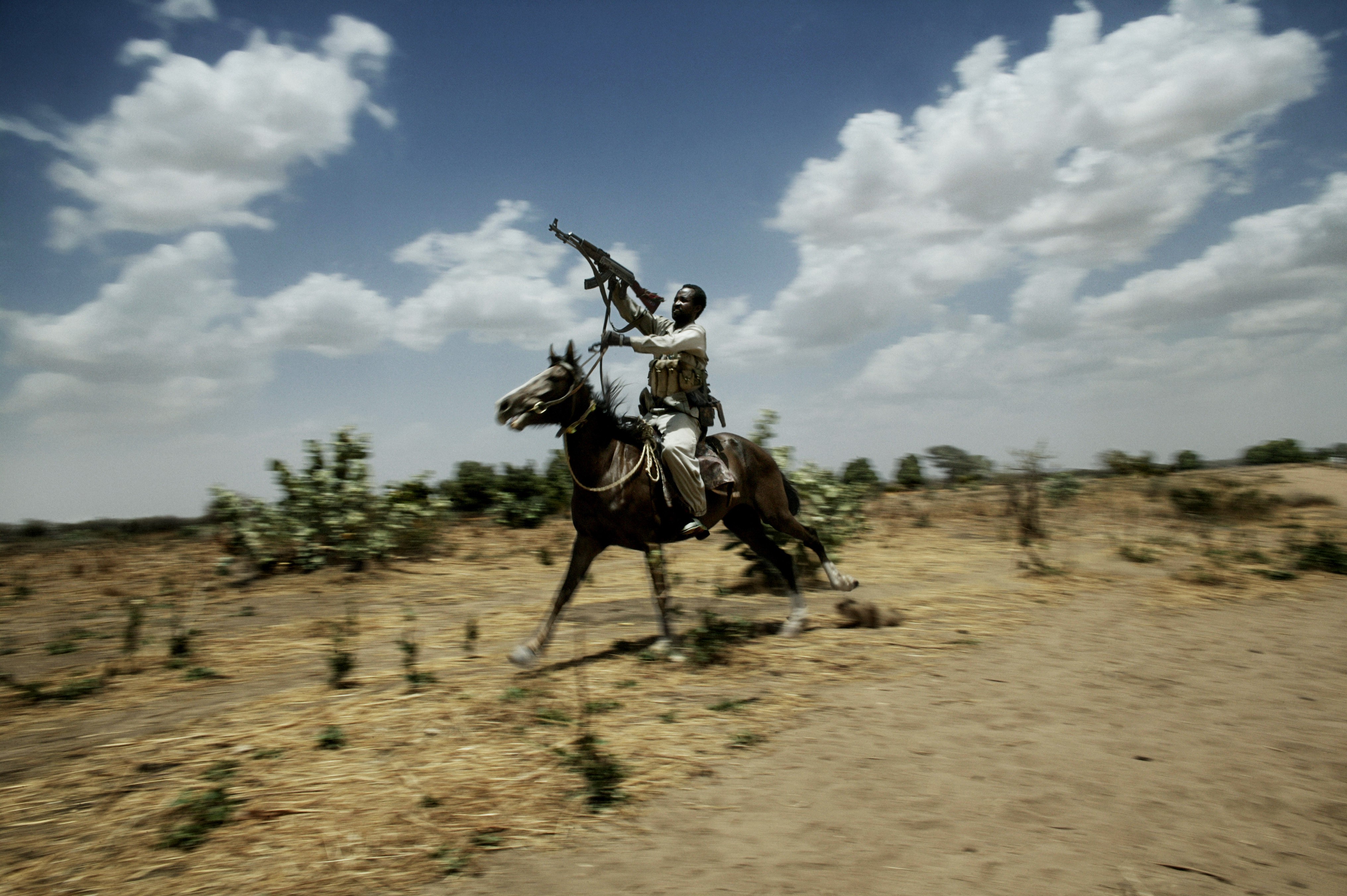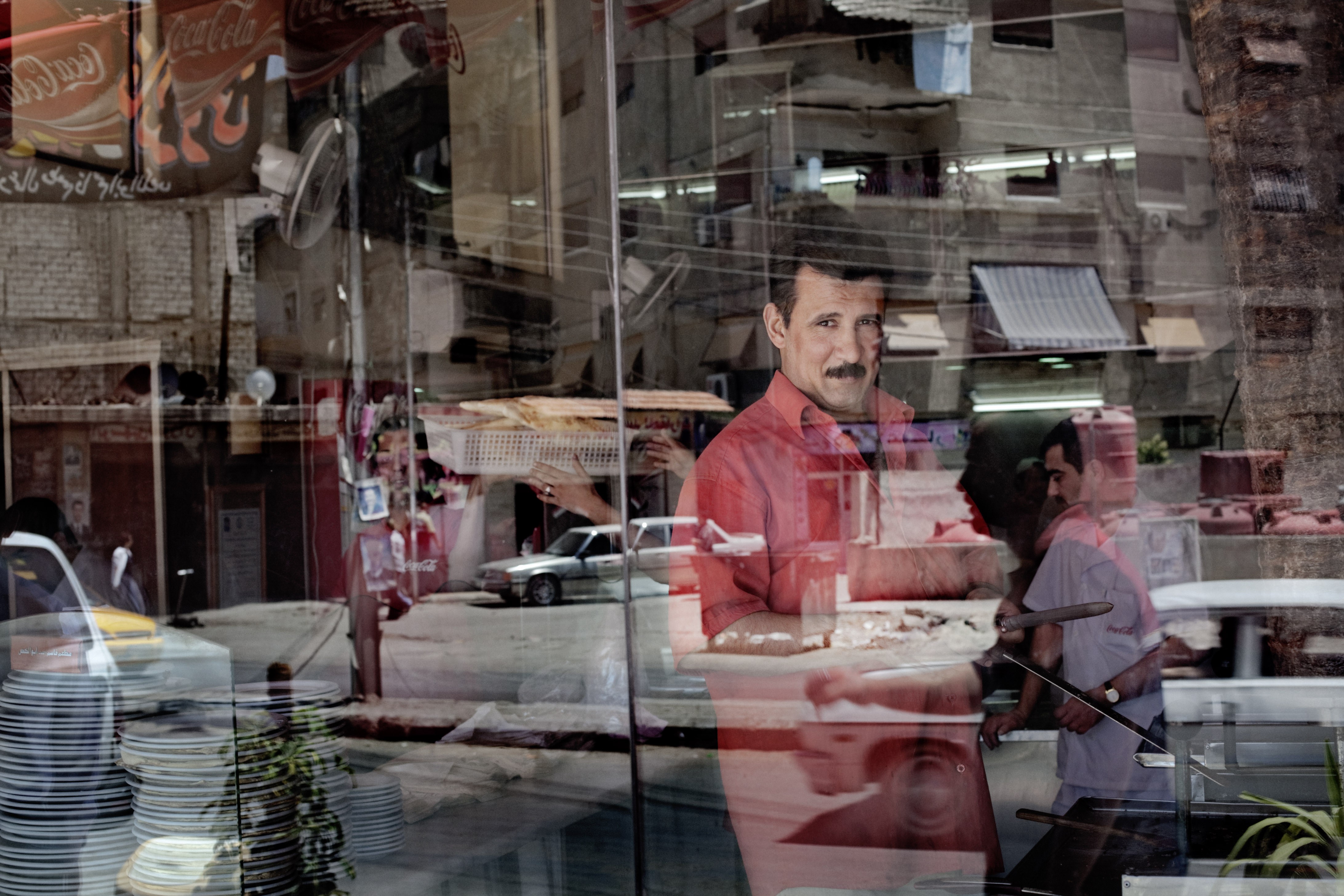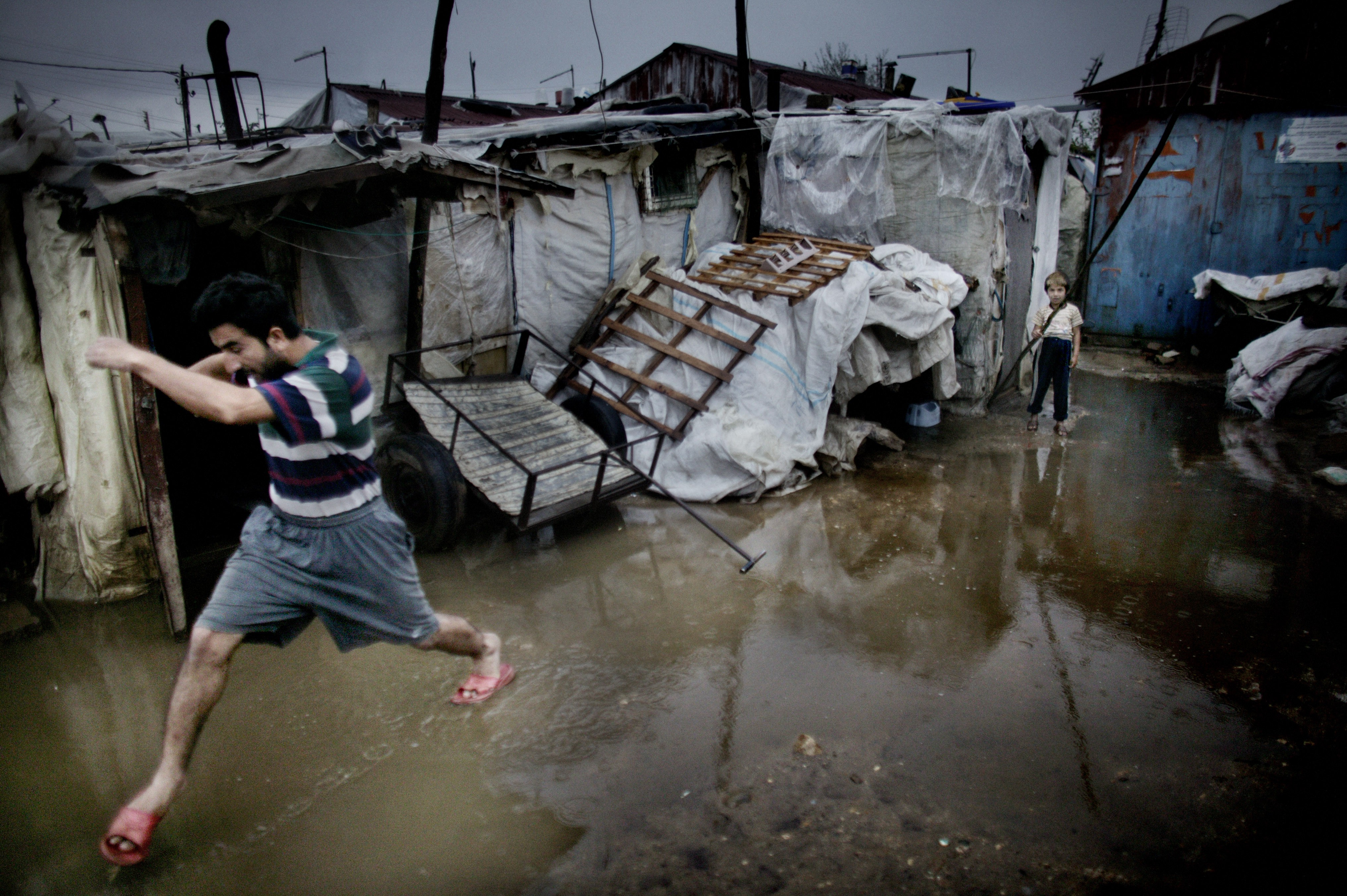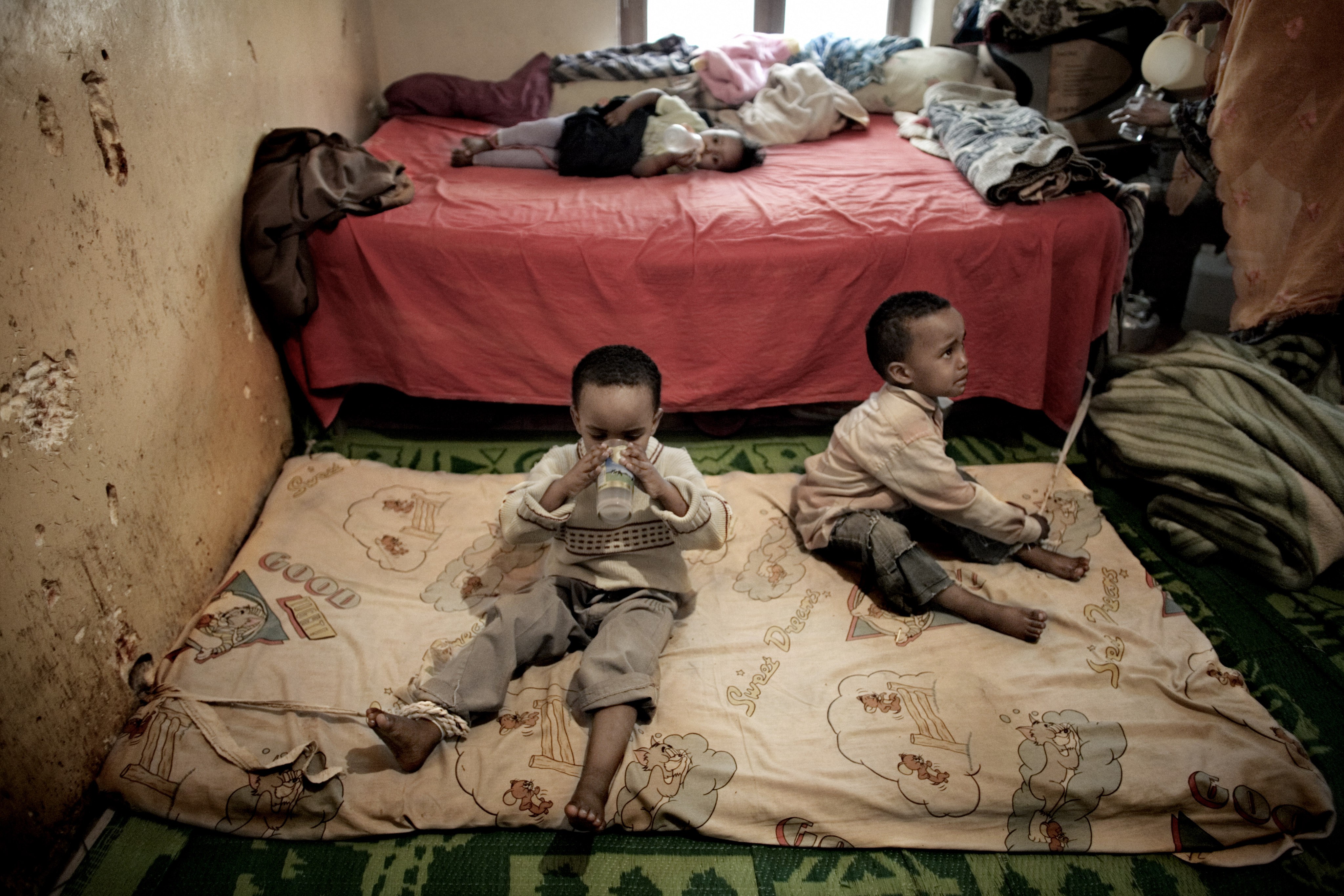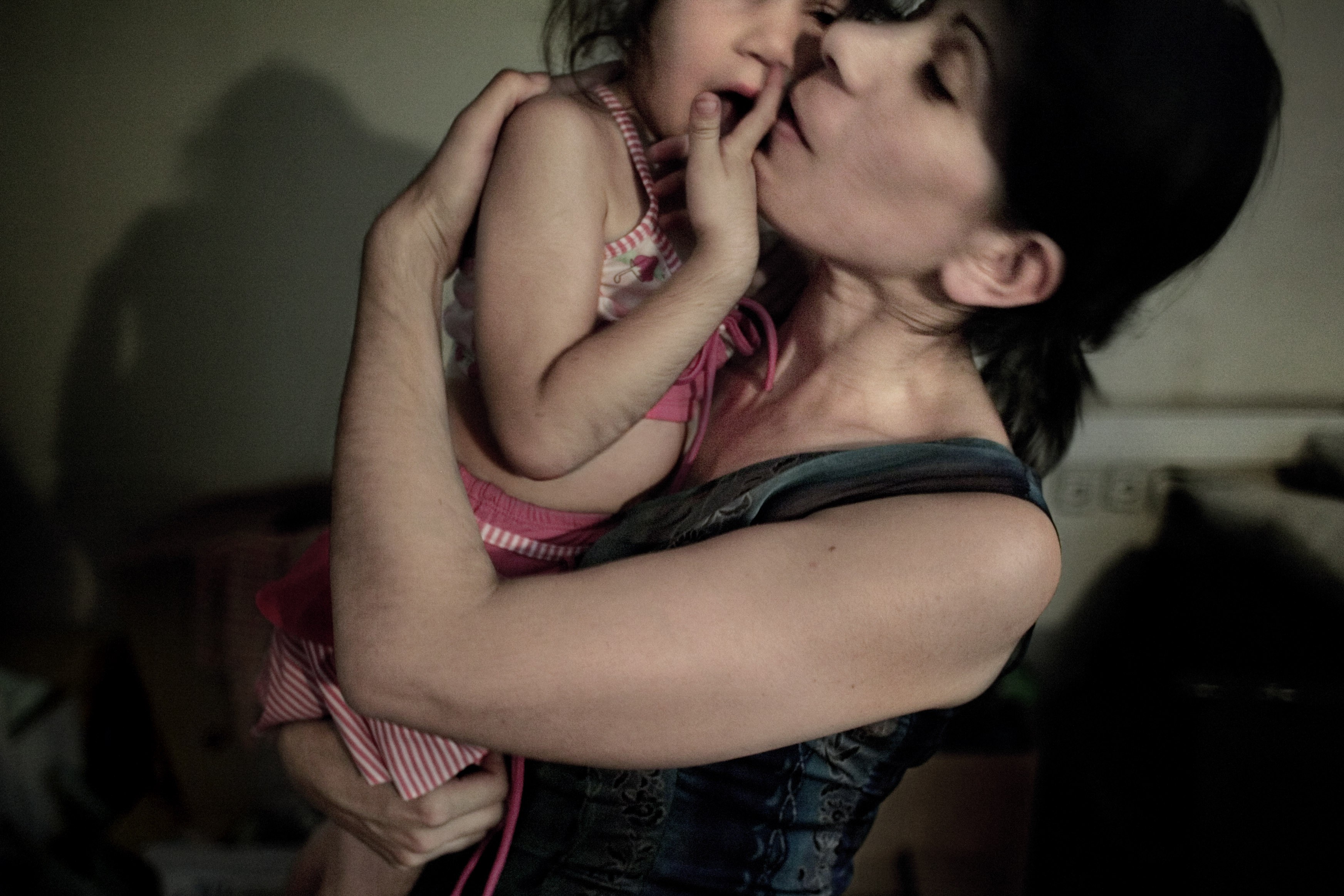Seven years in the making, my book “Transit” is now on the table in front of me. Its pages tell stories about people on the run, of those who are displaced in their own country and those who are forced to leave it. My photographs show how they manage to survive and portray the myriad challenges they confront. Their faces—sometimes their bodies alone—convey fears they endure, joyful moments they embrace, and hopes they hold inside.
“Transit” did not begin as a book. It started in 2004 when I made my first trip to Chad, on the border with the warring Darfur region of Sudan. Working as a freelance photojournalist, I sent reports about refugees to the Norwegian newspaper VG.
My own interest in people’s experiences with displacement, already keen when I arrived in Chad, only strengthened during my time there. I saw few stories about the journeys that refugees like these make to resettle in unfamiliar places. I wanted to show what it is like to flee one’s home and arrive somewhere else, often in times of conflict and despair, and then live in a foreign place and feel forgotten.
Since my first trip to Chad, I have been closely associated with VG, first as a freelance photographer and correspondent in Paris, then as a picture editor on staff in Norway. I took some trips for VG and produced major feature articles about people on the run. While on these assignments, I always asked to stay longer in the field—relying on my holiday and personal leave—so I could go more deeply into the story. Still, the vast majority of the trips I took for “Transit” lasted two or three weeks and were taken on my own initiative when I was on an unpaid leave.
A Visual Book
After four trips I knew I wanted to create a book. So when I applied to the Freedom of Expression Foundation in Oslo for support, I let them know that I would convey these journeys not only in a book, but in an exhibition and a website since I believe all of these vehicles are necessary to make a book successful. I received $60,000 from the foundation; this meant I could intensify my efforts. To finance my trips, I sold parts of these stories to my newspaper. With my background as a reporter and a photographer, I usually travel by myself; this is beneficial in keeping costs low and enabling me to get as close as possible to the people I photograph.
Once I had this grant, I began to focus on the elements I’d need for the people’s journeys to be visualized coherently on the pages of a book. I considered using repetitive images or doing a series of images, and I thought about how portraits and short feature stories might work. Along the way I abandoned some of these ideas, such as featuring close-up portraits of refugees.
Making such decisions is critical in being sure that the book becomes something greater than a collection of individual reports. I had to figure out how to tie images together and weave words with photographs, all in ways that worked well with the book’s overall design.
I encountered challenges along the way, many of them because of working simultaneously as a staff picture editor at a newspaper while producing my own project as a photojournalist. Carving out the time to work on “Transit” has been problematic. I tried to plan my trips well in advance so I could let VG know my travel schedule and there was time to find a temporary replacement for me. At times I’ve traveled on short notice, such as when I covered the war in Georgia. Then there were times I was not able to travel to areas I wanted to visit because I could not leave my job at the paper.
These days a photography book is usually paired with an exhibition. When I shot for VG, I’d look for solid stories that stood well on their own. In thinking about “Transit,” my perspective would broaden and I’d look for different ways to tell these stories. This additional work demanded a lot of time as I’d search for more personal stories as well as ones about communities that widened and deepened my portrayal of refugees and their circumstances, past, present and future.
The ability to concentrate for several weeks on the same story was crucial for the production of the book and exhibition. But with my job at the newspaper and my family—my wife and two young children—I had to limit the time for each reporting trip to a maximum of three weeks. This has forced me to work intensively. I figured out how to dig deeply into stories in a relatively short period. What makes this work is the preparation I do in advance of my departure.
In 2008 I took a year’s leave from my newspaper job to devote time to my “Transit” project. During this period, I worked as a freelance photographer for newspapers and magazines, but I had the opportunity to focus on “Transit” for extended periods, whether it was in my home office or in the field. I traveled more than I normally did when I was at VG.
A year later my plans for a book and an exhibition turned more serious when I presented part of the project at the Nobel Peace Center in Oslo. The center decided to host a large exhibition—and offered the financial resources to make it happen—so this meant that publishing my book became more realistic, especially since I still had some money saved from the Freedom of Expression Foundation. By 2010, I put together dummies of the book to demonstrate what I wanted it to look like, and Dewi Lewis Publishing agreed to release it.
Still, editing the book and the exhibition required an enormous amount of time. During the past four years I made a number of book dummies using material I had collected. Doing this gave me ways to see what was missing and the opportunity to test out different narrative devices, which was useful in determining the shape of stories. As my deadline approached, I had to use whatever time I could find outside of my day job at VG to look through thousands of photographs, make selections, edit and write captions.
I had also used a video camera in the field so I edited that work down to four films that became part of the exhibition and now appear on the interactive website that a design agency developed at a low cost. Having a website is important since I want as many people as possible to see the project and absorb its stories. I decided to post more pictures (181) on the website than are in the book or exhibition. I also created a Facebook page for the “Transit” project that I use to post updates about it.
For the most part, my newspaper gave me the room I needed to work on this project. There were times when I had to fight for the room, but those times were counterbalanced by the ways that the “Transit” project became a natural part of my work for the newspaper. Producing this book while simultaneously creating an exhibition, designing a website, and launching a Facebook page—all of which are essential to having a photography book be noticed—required an excessive amount of work.
What made this book a reality were unpaid holidays and personal leaves, benevolent bosses, and, of course, unwavering dedication.
Espen Rasmussen is a picture editor at VG, Norway’s largest newspaper. He is represented by Panos Pictures.


